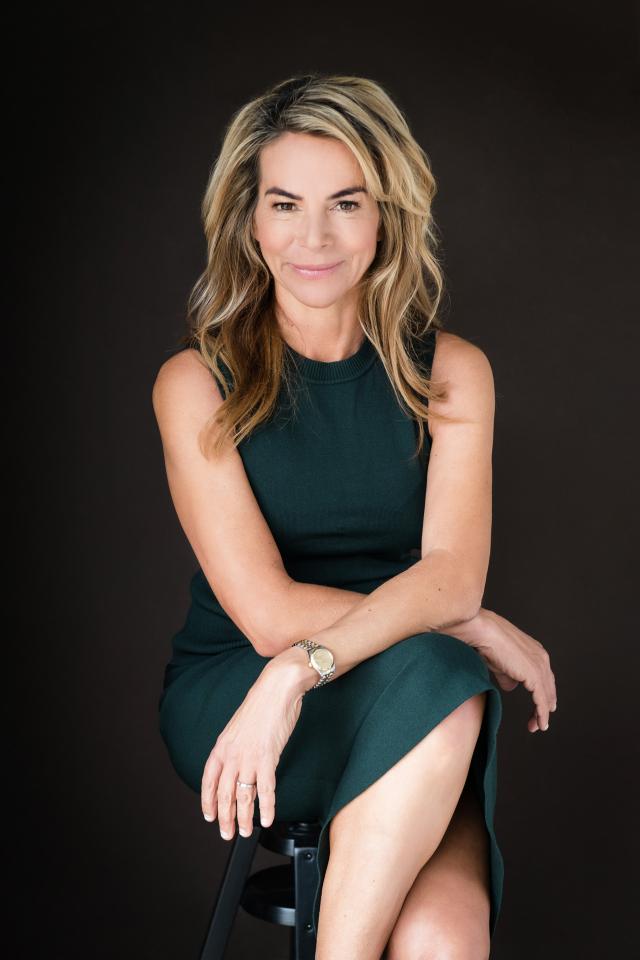On 17 October I will be heading up to Cairns for the LGAQ Conference where councils across the state will be debating the state’s future policies.
Noosa Council will be presenting five submissions calling on the state for action.
I will be presenting my motion (endorsed by Council July 2022) which calls on the State Government to review and invest in the reuse of wastewater by exploring the added value of this scarce resource. It will be debated and votes will be cast by all the local councils in Queensland.
Water scarcity, extreme weather events and population growth require efficient water management.
Water is not the infinite resource we imagine it to be. Water is limited. Less than one per cent of the water on our planet is available as fresh water.
Global warming, climate challenges and population growth is placing growing demand for this finite supply as we are witnessing in Europe, China and the US.
Wastewater reuse is a solution for the future to combat water scarcity. Its recovery and reuse must happen.
Australia is a country of flood and drought. Increasing climate variability and population levels mean that many areas of Australia are facing or will be facing serious water shortages.
After El Nina, we can expect long periods of drought.
As a country and as a state we must be positioned to deal with climate challenges and water scarcity. We must plan to be drought-proof.
We therefore need to create a state and a water industry that supports less wasteful distribution and use of water as well as water treatment and recycling.
At the moment we recycle approximately 15 per cent of treated wastewater state-wide. In Noosa it is less than one per cent of treated wastewater that is being reused.
The remainder is being dumped into our oceans and rivers, causing environmental damage, pollution and erosion.
In Queensland, there are nearly 300 individual sites where urban sewage is managed. They range in size and complexity and they vary in the way that treated water is licenced for release.
In the 2019-20 reporting year*, 378,000 ML of wastewater was collected across Queensland, of which:
• 83 per cent was released to waters (10 per cent fresh and 73 per cent tidal).
• 6.3 per cent irrigated to land (for disposal’ or ‘recycling).
• 9.1 per cent was recycled in an unspecified manner.
• The remainder was released to groundwater.
(* Discussion Paper: Aligning Definitions of Recycled Water in Queensland, Sewerage and Water Environmental Advisory Panel (SWEAP)).
The full potential of wastewater is under-exploited and under-valued.
The potential and benefits for wastewater recycling in Queensland is huge.
If we want to take the waste out of wastewater and out of our oceans, we need upgrades to wastewater treatment plants. These are a very large investment for Councils and water authorities.
By calling on the state to look at additional uses of recycled wastewater that values the protection of local ecosystems and provides suitable data, we enable councils and water authorities and retailers to produce business cases for wastewater re-use and Treatment Plant upgrades.
We cannot wait until we are chronically short of water before we begin. The technologies exist. And some councils around Australia, and in fact Qld have already started (WA, SA and in Qld: Douglas Shire Council, Isaac Regional Council, Southern Downs Regional Council, Fraser Coast Regional Council to name a few.)
We must aim to recycle 100 per cent of wastewater generated by the state. We must actively seek out and encourage wastewater-reuse markets to drive investment in water reuse that respect the environment and create jobs.
We must seek out public-private partnerships that increase investments in projects that respect the environment such as converting sewage treatment plants to produce biogas and electricity from waste sources.
Treated wastewater is an underutilised resource and it is bankable.
It is time that it is re-evaluated for its worth, not only in capital costs, but full costs to councils, community and environment.
UNESCO has made it clear that climate change and water quality is one of the biggest threats to the health of our environment and community.
We have a solution, wastewater reuse. And now we must overcome the hurdle of cost because the bigger cost to the state and Noosa is running out of time.
(This is the opinion of Cr Amelia Lorentson, and does not necessarily represent the views of Council. )







